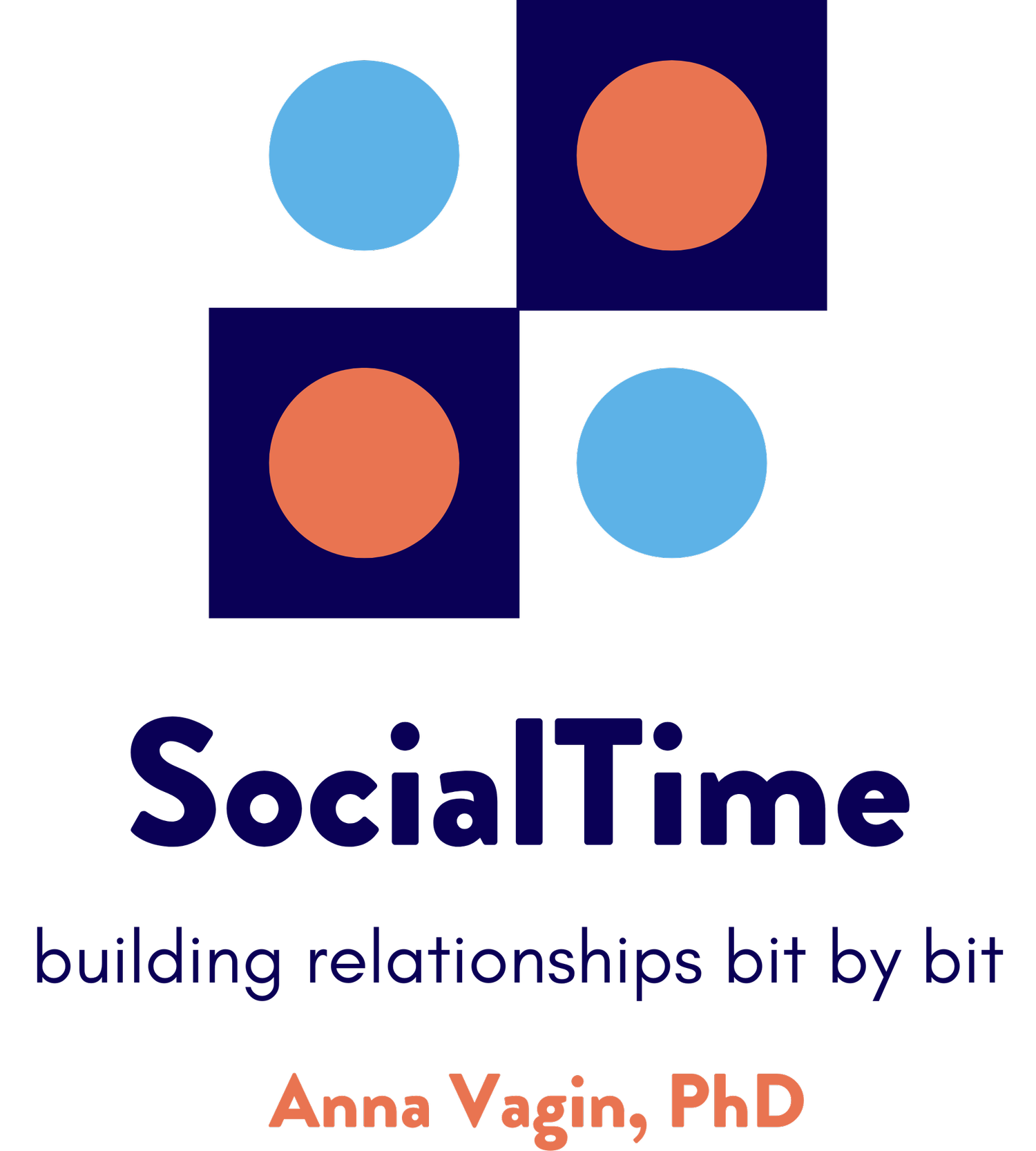Experiencing annoyance…some illustrations
Yes, stepping on Legos can be annoying!
As we discussed last time, we often find ourselves in situations when we feel annoyed - sometimes with other people and other times with the experiences in which we find ourselves.
Oh, and let's not forget that sometimes our actions annoy others. Such as when I promise my students that I will have refreshed the gum drawer by next week and then forget to do so. Or when I leave too late to pick up my son at the ferry and he has to wait (in the rain.) Or when I turn down the heat on the rest of the family just because I'm having hot flashes. Oye!
Annoyance. Whether we are feeling it or causing it, it's part of day-to-day existence. Just like everyone else, our students experience annoyance - times when they are annoyed, and times when others find them annoying. Often lacking resilience, struggling with perspective taking, unaware of nonverbal information that comes their way, or still learning about regulating strategies, these students may both annoy others and feel annoyed more often than their typically developing peers.
Last time, I offered some video animations to jump start your conversations about annoyance. This time, let’s move over to self-reflection. After watching animations, students often will go there naturally, with comments like “I felt like that last week.” Follow their lead, and encourage sketching and sharing. Students who aren’t yet ready to talk about themselves will learn so much from listening to the experiences of their peers. When students start talking about what annoys them, the floodgates may open, and you may hear lots of complaining! Remember, relationships are solidified when we complain together, so that is actually often a good thing.
Here are some illustrations from students over the years:
A student remembering how annoying (and embarrassing) it was to forget his name in Mandarin.
A sister pinching…
A student annoyed by a classmate.
Often, we can focus just on the discussion of situations such as these, asking questions that elicit more details, such as “What else was happening?”, “How did X (the other person) feel when this was happening?” or empathizing – “Wow, that does sound like it would be annoying…” We don’t always need to immediately move to the solution – to ask how our student handled their feelings and the situation and how things worked out (or not.) We can model, for our student as well as for others who may be in the group, how important it can be to (just) be in that moment of remembering, thinking, and telling.
Next time, we will consider those “nexts.”
Until then, Have a wonderful end to 2023,




